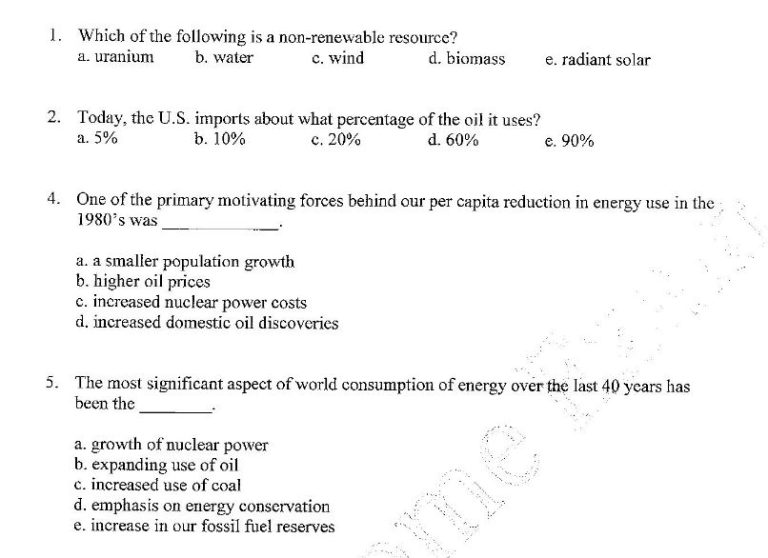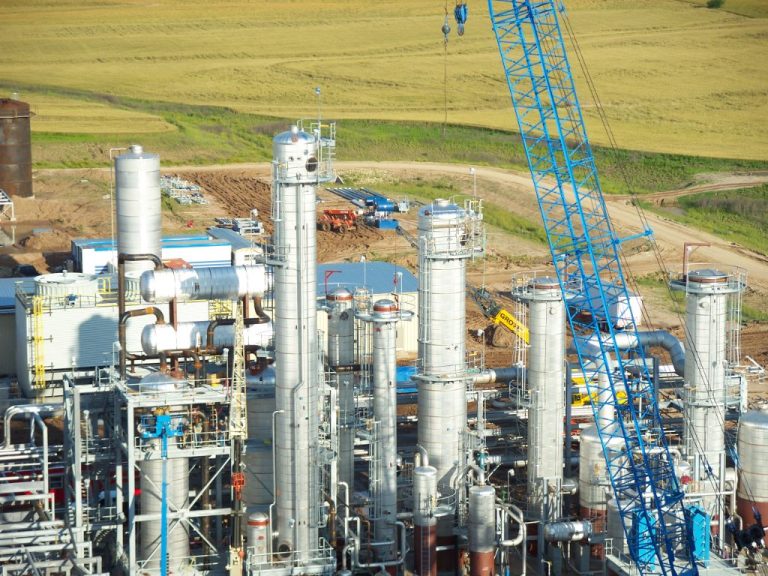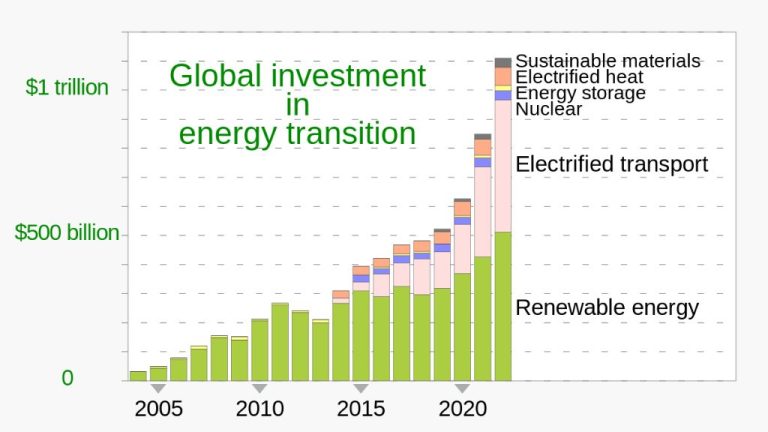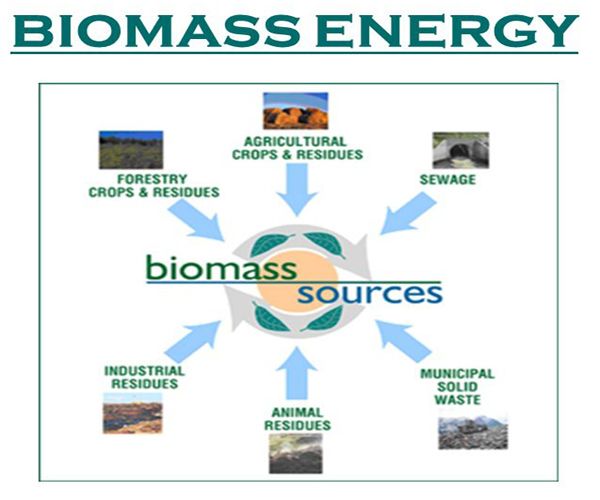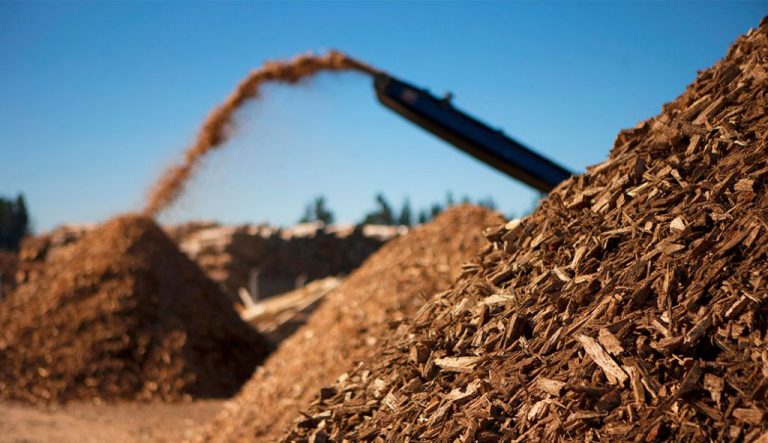What Are 5 Uses For Biomass?
Biomass refers to organic materials and waste that can be used as an energy resource and for other applications. Some key properties of biomass include its renewable and carbon-neutral nature. Unlike fossil fuels like coal, oil and natural gas that take millions of years to form, biomass can be replenished in a relatively short time. The carbon in biomass comes from atmospheric carbon dioxide (CO2) absorbed by plants through photosynthesis. When biomass is burned, the CO2 is released back into the atmosphere, resulting in no net addition of CO2.
Biomass is an important renewable energy source that can help reduce dependence on fossil fuels. Some estimates predict biomass has the potential to provide over 10% of total global primary energy use. There are several major uses for biomass including:
Heat and Electricity
Burning biomass releases heat energy used to generate electricity via steam turbines. This provides a renewable and carbon-neutral alternative to fossil fuels for power generation. The biomass feedstocks are mostly waste materials like crop residues, wood chips, and animal manure. Using these waste products, instead of coal for example, can reduce overall greenhouse gas emissions from electricity generation.
In addition, dedicated energy crops like switchgrass or fast growing trees can be grown and harvested just for biomass energy production. These crops uptake carbon dioxide as they grow, offsetting the emissions released when they are eventually burned. This makes biomass a carbon-neutral fuel source.
According to the Energy Information Administration, biomass accounted for about 11% of renewable electricity generation in the United States in 2020. Biomass power plants are located across the country, often using locally available feedstocks like forest or agricultural residues. The sustainable cultivation and use of biomass for energy helps support local economies while also reducing dependence on fossil fuels.
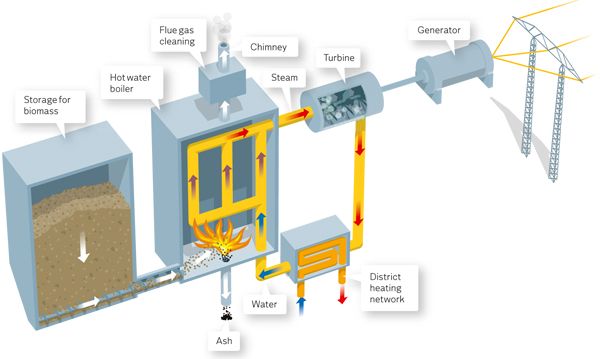
Transportation Fuels
Biomass can be converted into liquid biofuels like ethanol and biodiesel to be used as transportation fuels. Biofuels made from biomass sources like corn, sugarcane, soybeans, and algae can be blended with gasoline and diesel, or used on their own in adapted engines. Using biomass for transportation fuels helps reduce dependence on finite fossil fuel reserves.
Ethanol produced from corn and sugarcane is commonly blended with gasoline as E10 (10% ethanol, 90% gasoline) or E85 (85% ethanol, 15% gasoline) fuels. Flex fuel vehicles can run on any blend of gasoline and ethanol up to 85%. Biodiesel made from vegetable oils, animal fats, and waste greases can be blended with petroleum diesel as B5 (5% biodiesel) to B20 (20% biodiesel) fuels. With some engine modifications, biodiesel can also be used in higher blends or as a complete replacement for petroleum diesel.
Using biofuels reduces lifecycle greenhouse gas emissions compared to gasoline and diesel since the feedstocks absorb CO2 as they grow. Widespread adoption of biomass-based transportation fuels could decrease dependency on finite oil reserves while creating economic opportunities for agricultural and rural communities. However, factors like land usage, production efficiency, and feedstock inputs must be managed carefully to maximize the sustainability benefits.
Industrial Applications
Biomass has many industrial applications as a raw material for producing various chemicals, materials, and fuels. One major use is to produce biochemicals through biomass fermentation. This includes chemicals like acetone, citric acid, and lactic acid which have a wide array of industrial uses.
Vegetable oils from oilseed crops are also important biomass feedstocks for industrial processes. These oils can be used to create soaps, detergents, lubricants, inks, paints, and other products. Soybean, palm, and canola oil are commonly used for industrial purposes.
Biomass can also be processed into bioplastics, which are plastics derived from renewable plant materials rather than fossil fuels. Cellulose and starch-based feedstocks from corn, sugarcane, and other crops can be used to manufacture various types of eco-friendly bioplastics.
Overall, biomass offers sustainable, renewable alternatives to replace many industrial applications of non-renewable petroleum and chemicals. With ongoing research and development, industrial uses of biomass are likely to continue expanding in the future.
Residential Heating
Burning wood pellets and chips in furnaces and boilers provides heat for homes. This method is more efficient and less polluting than burning firewood directly for heat. Pellets and chips are made from sawmill scraps and waste wood, so using them for fuel also provides income to the local forestry industry.
Modern wood pellet furnaces and boilers burn very hot and completely, resulting in cleaner emissions than older wood stoves. Wood pellets are compressed sawdust and have consistent size and moisture content, so they burn evenly and efficiently. This makes them easier to use than firewood.
Chips and pellets can be delivered in bulk and stored in a bin attached to the furnace or boiler. An automated system feeds the fuel from the bin into the firebox. This allows the system to run unattended for long periods.
Switching from heating oil or natural gas to modern wood heating reduces fossil fuel use and supports local forestry jobs. With rising energy costs, local wood heat can be cheaper in many areas too. The upfront cost of installing a wood pellet furnace or boiler is often recouped in just a few years of operation.
Animal Feed and Bedding
Leftover material from food crop production can be used as livestock feed instead of being discarded as waste. For example, corn stover (the leaves, stalks, and cobs left over after harvest) and straw from cereal crops like wheat and barley can be fed to cattle, pigs, chickens, and other livestock.
Straw from cereal crops also provides useful bedding material for animals in barns and stables. The straw soaks up moisture and makes a comfortable surface for animals to lie on. Using straw for animal bedding is an excellent way to recycle what would otherwise be leftover agricultural waste.
Landfill Gas
As biomass such as food waste, paper, and yard trimmings decompose in landfills, they produce methane gas. Landfill gas is composed primarily of methane and carbon dioxide. Instead of allowing this potent greenhouse gas to escape into the atmosphere, landfill gas can be captured, converted, and used as an energy source. The methane in landfill gas can be used to generate electricity or heat.
Capturing landfill gas prevents emissions of methane, which is a powerful greenhouse gas with 25 times the global warming potential of carbon dioxide. Using landfill gas as an energy source rather than allowing it to escape into the atmosphere provides environmental benefits. According to the EPA, landfill gas projects in the United States currently generate about 14.5 billion kilowatt-hours of electricity per year, enough to power about 1.4 million homes.
Compost
Yard and food waste can be composted into nutrient-rich fertilizer that improves water retention and soil health in gardens and agricultural fields. Composting provides an environmentally friendly alternative to chemical fertilizers. The controlled decomposition process recycles organic matter that would otherwise be discarded, reducing the amount of waste sent to landfills. Compost adds essential nutrients and organic matter to soil, increasing its ability to hold water and nutrients. It also encourages beneficial microbial activity and earthworms. By replacing some commercial fertilizers with compost, gardeners and farmers can enhance soil vitality in a sustainable way.
Carbon Sequestration
Biomass can play an important role in carbon sequestration, which is the process of capturing and storing carbon dioxide to remove it from the atmosphere. As plants and trees grow, they absorb CO2 through photosynthesis. The carbon becomes part of the plant’s tissues and can be stored in soils, vegetation, wood products, and landfills.
If biomass sources like trees, grasses, and agricultural crops are managed sustainably, the carbon remains stored in the plants and soil instead of being released back into the atmosphere. For example, practices like conservation tillage in agriculture leave crop residue in the soil, which adds organic matter and sequesters carbon. Meanwhile, reforestation and afforestation projects plant large numbers of trees specifically to absorb CO2.
Burning biomass releases the stored carbon back into the air. However, sustainable biomass projects try to balance carbon uptake during plant growth with energy generation. The use of biomass for energy is considered carbon-neutral if the biomass is produced sustainably, because the plants absorb a similar amount of CO2 as is released when burned. Proper carbon accounting and sustainable land management are key to ensuring carbon neutrality.
Overall, growing biomass can play an integral role in carbon sequestration and removing greenhouse gases from the atmosphere. When biomass projects follow sustainable practices, the carbon absorbed during plant growth can remain stored long-term and help mitigate climate change.
Conclusion
To recap the 5 key uses of biomass covered in this article: heat and electricity generation, transportation fuels, industrial applications, residential heating, and animal feed and bedding. The sustainable utilization of biomass offers many benefits including renewable energy production, reduced dependence on fossil fuels, recycling of organic waste and agricultural residues, and economic growth and jobs in rural communities.
Looking to the future, biomass has significant potential to play an even greater role in the global energy mix and sustainable development. With continued technology advances and responsible policies, biomass can be expanded and scaled up to meet rising energy demands. However, challenges remain in terms of ensuring a sustainable and environmentally sound biomass supply chain. Overall though, biomass provides a versatile renewable resource that will be an integral part of the transition to cleaner energy and a circular economy.

